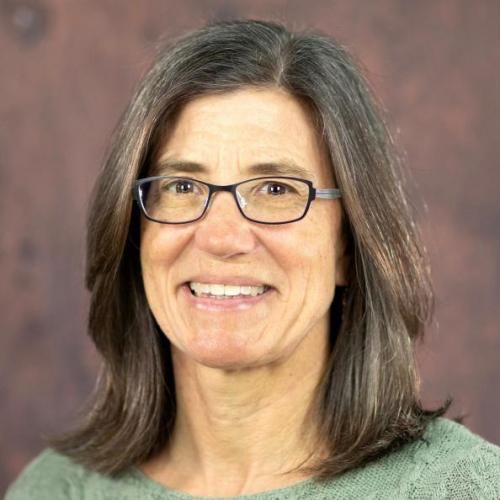
Quantifying hepatic shear modulus in vivo using acoustic radiation force.
The speed at which shear waves propagate in tissue can be used to quantify the shear modulus of the tissue. As many groups have shown, shear waves can be generated within tissues using focused, impulsive, acoustic radiation force excitations, and the resulting displacement response can be ultrasonically tracked through time. The goals of the work herein are twofold: (i) to develop and validate an algorithm to quantify shear wave speed from radiation force-induced, ultrasonically-detected displacement data that is robust in the presence of poor displacement signal-to-noise ratio and (ii) to apply this algorithm to in vivo datasets acquired in human volunteers to demonstrate the clinical feasibility of using this method to quantify the shear modulus of liver tissue in longitudinal studies. The ultimate clinical application of this work is noninvasive quantification of liver stiffness in the setting of fibrosis and steatosis. In the proposed algorithm, time-to-peak displacement data in response to impulsive acoustic radiation force outside the region of excitation are used to characterize the shear wave speed of a material, which is used to reconstruct the material's shear modulus. The algorithm is developed and validated using finite element method simulations. By using this algorithm on simulated displacement fields, reconstructions for materials with shear moduli (mu) ranging from 1.3-5 kPa are accurate to within 0.3 kPa, whereas stiffer shear moduli ranging from 10-16 kPa are accurate to within 1.0 kPa. Ultrasonically tracking the displacement data, which introduces jitter in the displacement estimates, does not impede the use of this algorithm to reconstruct accurate shear moduli. By using in vivo data acquired intercostally in 20 volunteers with body mass indices ranging from normal to obese, liver shear moduli have been reconstructed between 0.9 and 3.0 kPa, with an average precision of +/-0.4 kPa. These reconstructed liver moduli are consistent with those reported in the literature (mu = 0.75-2.5 kPa) with a similar precision (+/-0.3 kPa). Repeated intercostal liver shear modulus reconstructions were performed on nine different days in two volunteers over a 105-day period, yielding an average shear modulus of 1.9 +/- 0.50 kPa (1.3-2.5 kPa) in the first volunteer and 1.8 +/- 0.4 kPa (1.1-3.0 kPa) in the second volunteer. The simulation and in vivo data to date demonstrate that this method is capable of generating accurate and repeatable liver stiffness measurements and appears promising as a clinical tool for quantifying liver stiffness.
Duke Scholars
Altmetric Attention Stats
Dimensions Citation Stats
Published In
DOI
EISSN
ISSN
Publication Date
Volume
Issue
Start / End Page
Related Subject Headings
- Reproducibility of Results
- Phantoms, Imaging
- Models, Biological
- Middle Aged
- Male
- Liver Cirrhosis
- Liver
- Image Interpretation, Computer-Assisted
- Humans
- Female
Citation

Published In
DOI
EISSN
ISSN
Publication Date
Volume
Issue
Start / End Page
Related Subject Headings
- Reproducibility of Results
- Phantoms, Imaging
- Models, Biological
- Middle Aged
- Male
- Liver Cirrhosis
- Liver
- Image Interpretation, Computer-Assisted
- Humans
- Female


